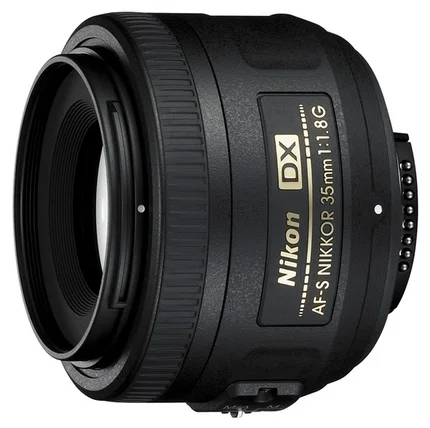Nikon is a very well known brand in photo industry for it's high quality Digital SLR cameras to both amateur and professional photographers. Nikon is popular among many photographers not only because of it's well designed camera body but also wide variety of lenses it offers. Nikon is probably the best brand to use wide variety of the lenses for the older body as well as the newly designed body. They offer wide angle lens, telephoto lens, macro lens, prime lens and few other types to reach out the varieties of users all over the world. I will continue to write about their other types of lenses in the future but today lets talk about the Nikon 50mm f/1.4G lens. Among many other prime lenses Nikon offers, Nikon 50mm f/1.4G is one of the best prime lens and the favorite of many photographers. It is very well designed and built from the high quality materials. It got the metal lens mount and the high quality plastic to protect the internal lens glasses. It has a smooth rubber ring with a very nice grip for the manual focus.
It works perfectly on both FX format and DX format DSLR cameras. This lens has an Autofocus (AF-S) feature which works brilliantly on Nikon's entry level DSLRs like D40, D40x and D60 as well as high end professional camera like D3 or D3X. It is built with an Exclusive Nikon Silent Wave Motor (SWM) which enables fast, accurate, and quiet Autofocus. This prime lens is perfect for the low-light conditions because of it's wide open aperture. Nikon’s Super Integrated Coating (SIC) on the glass enhances the light transmission efficiency, offers superior color consistency and also reduces the flare. Nikon 50mm f/1.4G is the ideal lens for travel, event, environmental and general photography in a wide variety of conditions, with superb optical formula and an ultra-fast f/1.4 maximum aperture. It is an ideal portrait lens when used on a Nikon DX-format digital SLR, approximating the angle of view similar to that of a 75mm lens on a Nikon FX-format digital SLR. This lens can focus close up to 1.5 feet and can also be used to produce nice bokeh as well.
Despite of being very fast and high quality lens, it doesn't offer few common features that you might be looking for. If you are used to with the zoom lenses and composing the shots sitting in one position, this lens might disappoint you. Since, this lens doesn’t have a zoom feature, you might need to move front and back time to time to adjust the frame and compose your photograph. It's focal length is fixed and that's why it is called the prime lens as well. And also, this lens doesn't have an aperture ring (denoted by G letter) and will not work on manual focus camera where you need to set the aperture from the lens barrel. This lens doesn't have a Vibration Reduction (VR) feature which may be useful for taking handheld shots in a low light condition, specially, if the subject is moving or the photographer is not using a tripod. As of writing this blog, it was priced at $434.95 on amazon which could attract some of the buyers as well.
It may be an expensive piece of glass but when compared to the other wide-angle lenses or the zoom lenses, the Nikon 50mm f/1.4G lens might be the most affordable and yet more versatile lens. It's build quality and the small size also makes it an ideal lens for the travel.










